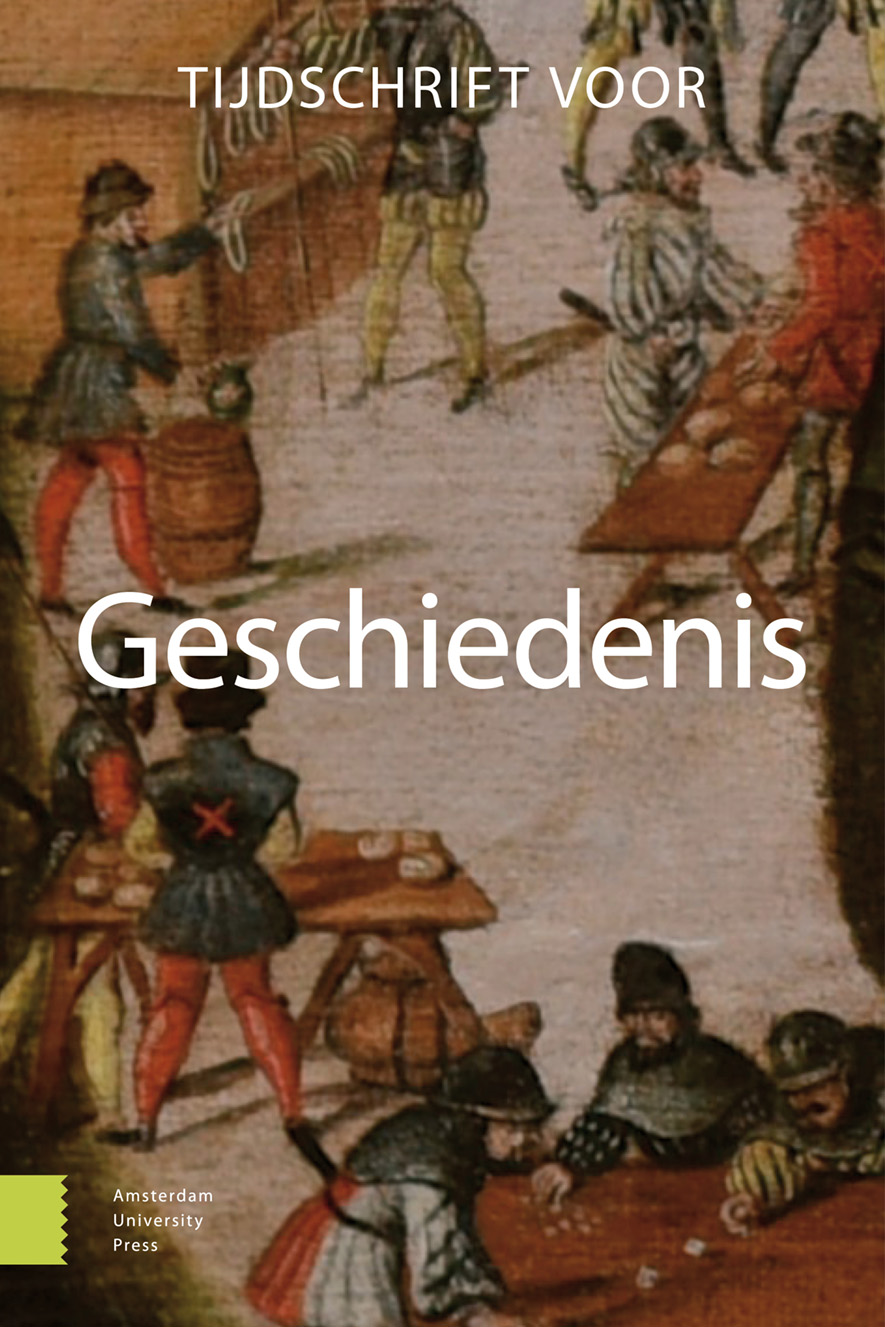-
oa Referendaverschillen
Directe democratie als lens voor het onderzoeken van verschillen in de naoorlogse democratische ontwikkeling van West-Europa
- Amsterdam University Press
- Source: Tijdschrift voor Geschiedenis, Volume 138, Issue 1, May 2025, p. 25 - 42
-
- 01 May 2025
Abstract
Referendum differences. Direct democracy as a lens for studying differences in Western Europe’s post-war democratic development
According to historians of post-war democracy, the processes of democratization that characterized Western Europe after the Second World War commonly involved a move towards more indirect democracy. Powerful parliaments, strong political parties, and limited influence of the population on decision-making were initially the main characteristics of these so-called constrained democracies. This article, however, argues that most Western European countries seriously considered direct forms of democracy, especially the referendum. Referendums were used in different ways in the various national democracies. This begs two questions: why was the referendum incorporated early in some states, such as France, but later or not at all in others, as in the Netherlands; and what does this mean for the indirect model of post-war Western European democracy?


